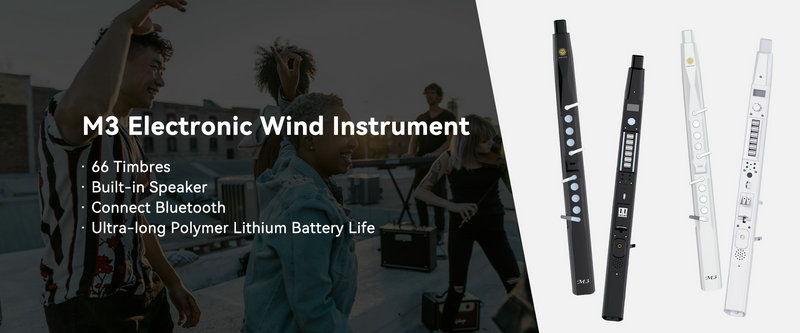Playing electric wind instruments indeed demands specific breathing techniques, which play a crucial role in achieving a high level of performance and musical expression.
The importance of controlled breathing cannot be overstated. Just as with traditional wind instruments, proper breathing serves as the foundation for producing a rich and captivating sound. It provides the necessary power and control to bring out the full potential of the electric wind instrument. A steady stream of air, achieved through controlled breathing, is essential for maintaining a smooth and continuous tone, allowing the player to create beautiful melodies and express a wide range of emotions.
Many of the breathing techniques employed for traditional wind instruments can be effectively applied to electric wind instruments as well. Diaphragmatic breathing, for instance, is a fundamental technique that involves engaging the diaphragm, a powerful muscle located at the base of the rib cage. By using the diaphragm to control the inhalation and exhalation of air, players can take in a larger volume of air and have greater control over its release. This enables them to produce a more powerful and sustained sound, as well as to have better control over dynamics and phrasing.
Slow and steady inhalation is another important technique. Taking slow, deep breaths helps to fill the lungs completely, providing a stable supply of air for playing. This not only allows for longer phrases and more sustained notes but also helps the player to relax and focus on the music. It promotes a sense of calm and concentration, enabling the player to connect with the instrument and the music on a deeper level.
Controlled exhalation is equally crucial. Exhaling steadily and evenly helps to maintain a consistent tone and volume. Players can practice controlling the speed and pressure of their exhalation to achieve different effects. For example, a slow and controlled exhalation can produce a soft and delicate sound, while a stronger exhalation can create a more powerful and assertive tone. By mastering the art of controlled exhalation, players can add nuance and expression to their playing.
However, there are unique considerations when it comes to playing electric wind instruments that can affect breathing techniques. The electronic components present in these instruments can have an impact on the way air flows through them. Different models of electric wind instruments may have varying degrees of resistance and responsiveness, requiring players to adjust their breathing to ensure that the instrument responds properly. For example, some instruments may have a higher resistance, which means that more air pressure is needed to produce a sound. In such cases, players may need to use more forceful inhalation and exhalation techniques to overcome the resistance and achieve the desired sound.
The use of amplification and effects also plays a role in shaping breathing techniques. Amplification can enhance the volume and presence of the instrument, but it can also affect the way the player perceives and controls their sound. Players may need to adjust their volume and tone by controlling their breathing in different ways than they would on an unamplified instrument. For instance, when using amplification, players may need to be more careful with their breathing to avoid overblowing and creating distorted or overly loud sounds. Additionally, effects such as reverb, delay, and distortion can add new dimensions to the sound, but they also require the player to adjust their breathing to accommodate these effects and create a cohesive musical performance.
The physical demands of electric wind instruments can also influence breathing techniques. Some electric wind instruments may be lighter or heavier than traditional instruments, which can affect the player's posture and breathing. Lighter instruments may require less physical effort to hold and play, but they may also be more prone to movement and require the player to maintain a more stable breathing pattern to control the sound. On the other hand, heavier instruments may put more strain on the player's body, requiring them to adjust their breathing to manage the physical demands and maintain good playing technique.
In conclusion, playing electric wind instruments necessitates specific breathing techniques that combine elements of traditional wind instrument playing with unique considerations for the electronic nature of these instruments. By practicing and mastering proper breathing techniques, players can enhance their playing, unlock the full potential of their instrument, and create captivating musical performances. Whether it's through diaphragmatic breathing, slow inhalation, controlled exhalation, or adjusting to the electronic components and physical demands of the instrument, breathing is a vital aspect of playing electric wind instruments that should not be overlooked.
SUNRISE MELODY M3 Electronic Wind Instrument - The best-selling Electronic Wind Instrument
. 66 Timbres
. Built-in Speaker
. Connect Bluetooth
. Ultra-long Polymer Lithium Battery Life



